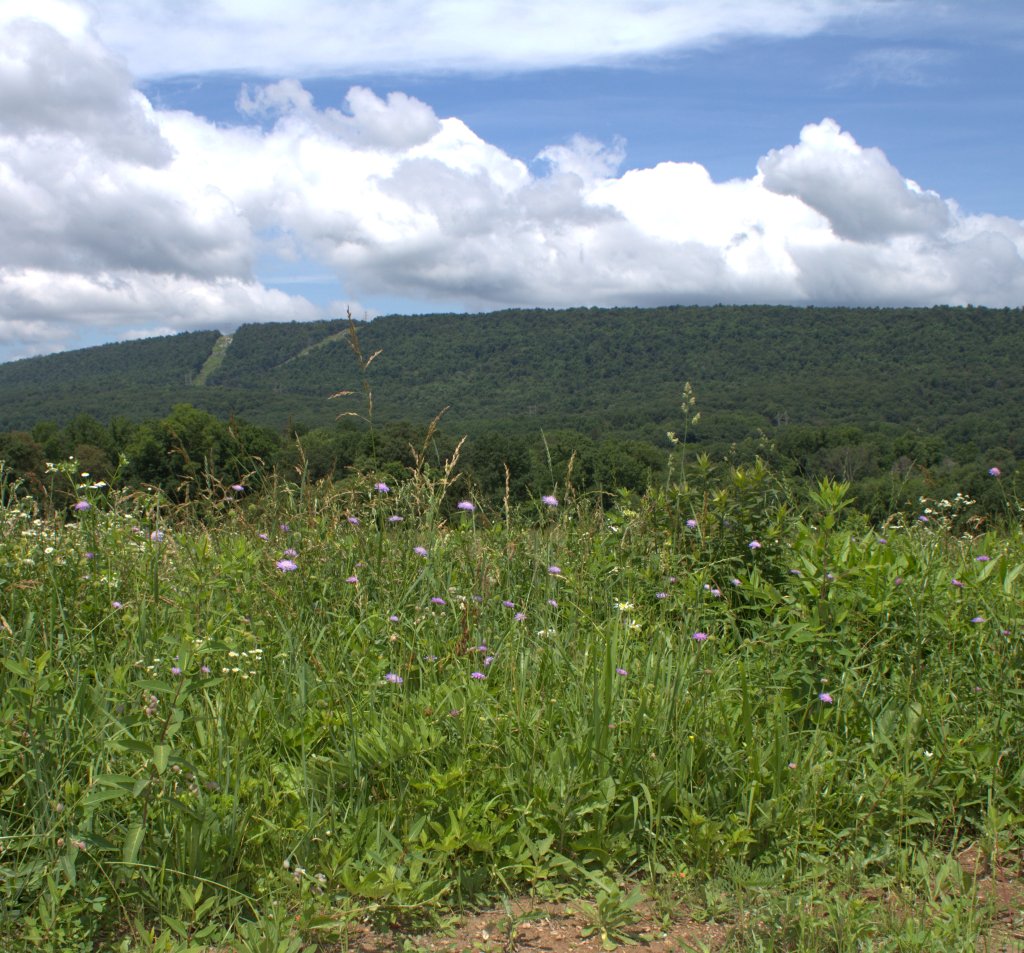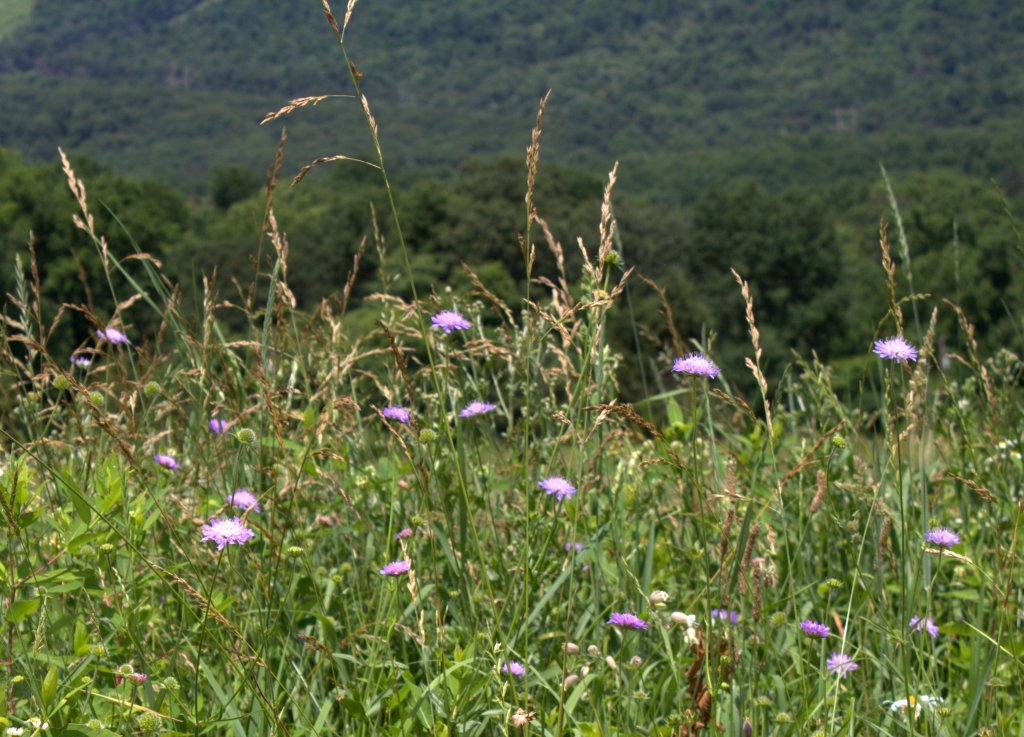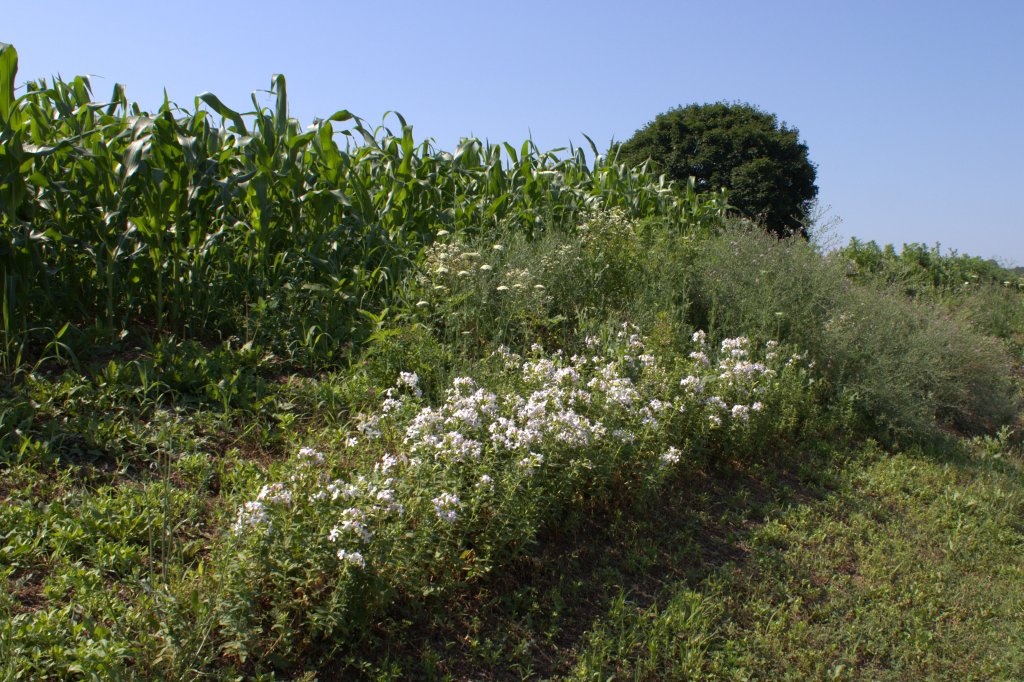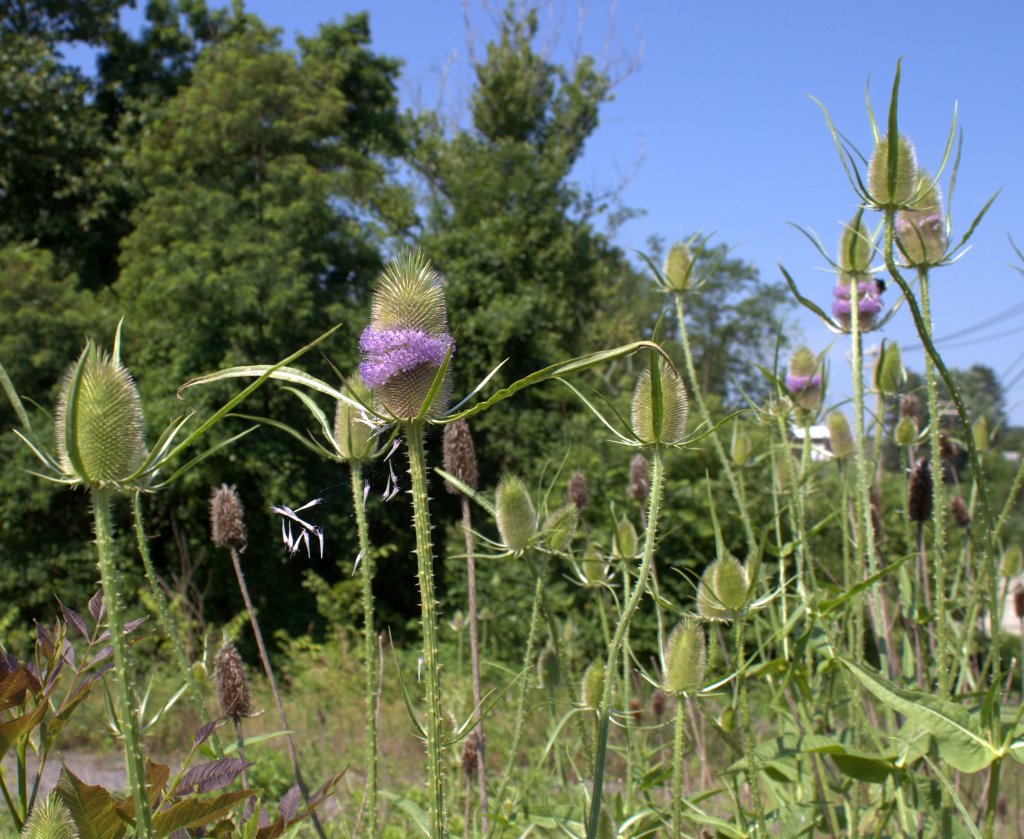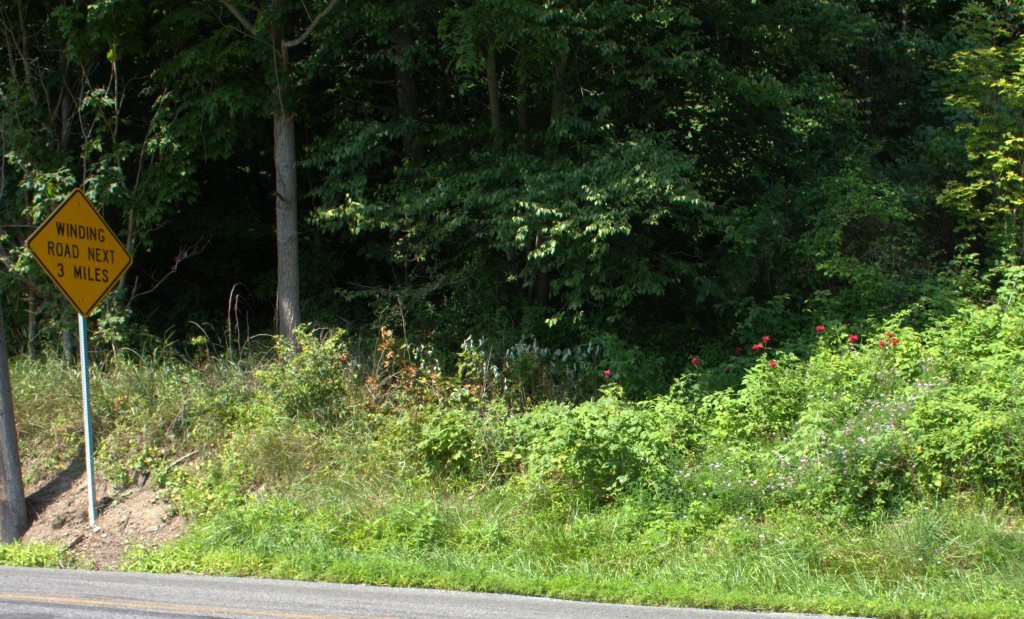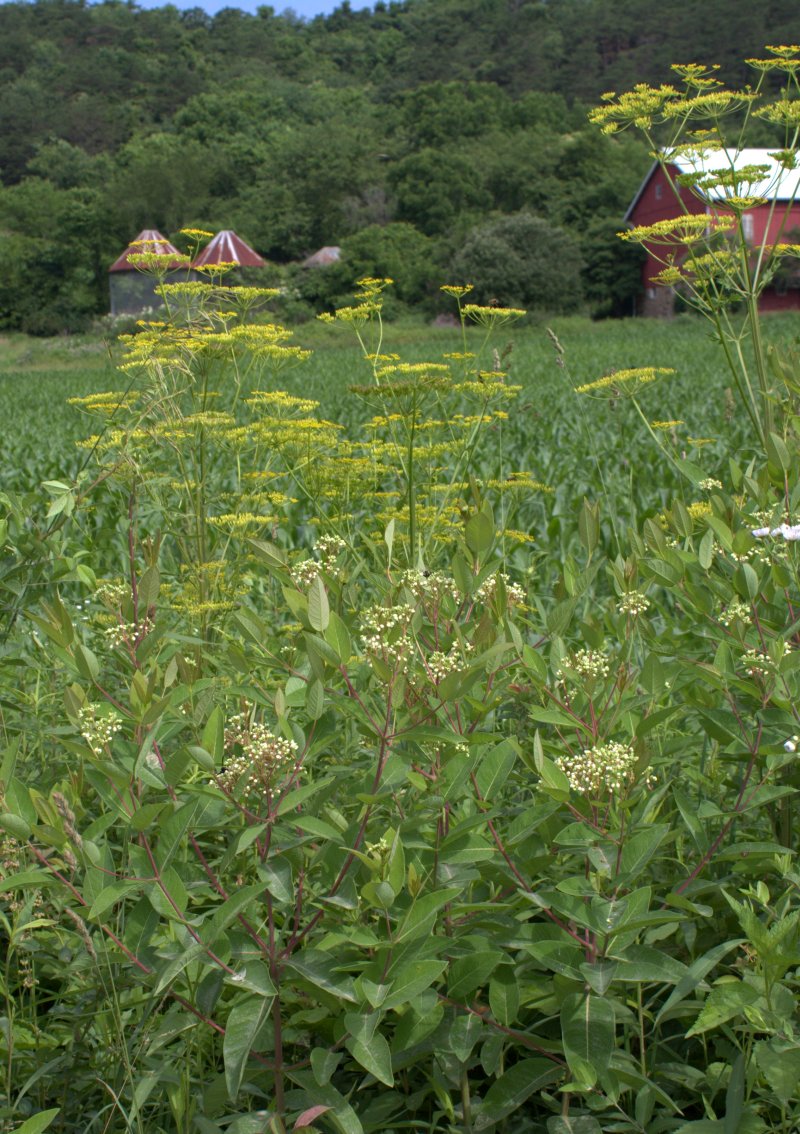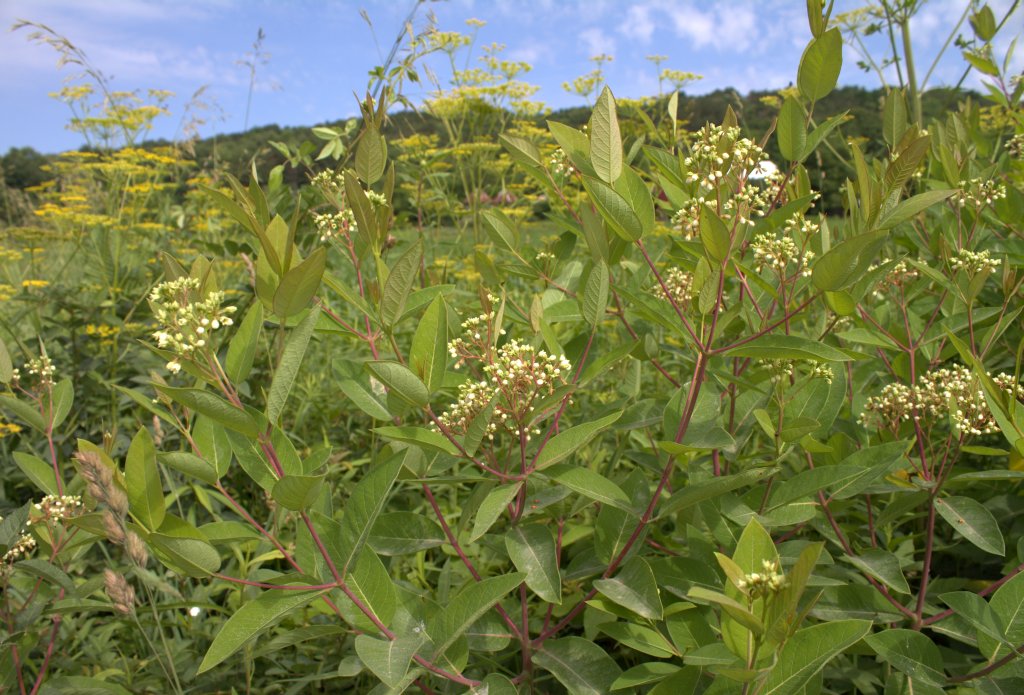Ground cherries make an excellent addition to most any garden. Especially those who have young children for visitors. Kids, even us big ones, love these sweet little fruits!
The care and planting of ground cherries is straightforward. At its easiest, plunk some seeds in the ground, make sure they’re watered, watch ’em grow and enjoy eating them right off the ground in late summer. Read on for a few more specifics….
Planting Ground Cherries
Prepare a large container or space in the garden with organically amended soil, which is soil that has compost, rotted straw or peat moss added to it. As the summer months wear on nutrients in the organic material will become available to the plants. An alternative is to use expensive commercial fertilizers that can be purchased in any garden center. Familiar brands are Miracle-Gro All Purpose Plant Food and Jacks Classic All Purpose Fertilizer
(which used to be called Peters All Purpose fertilizer).
Plant the small ground cherry seeds about one-quarter inch deep. Cover loosely with soil and press down with your hand. Water the soil after planting and then not until after the plants germinate.
For northern climates, Zones lower than 7, start the seeds indoors 6-8 weeks before the frost-free date for your area. Southern climates with higher zones have longer summers and more time in the heat to grow up these heat-loving plants, so the northern growers will want to give their ground cherries a head start. If you don’t know your growing zone, check out the USDA Plant Hardiness Zone Map.
As a point of reference we’re located in Zone 6b. Every year we have volunteers that germinate on their own in the garden and grow to provide fruit in the late summer and early fall. When we’ve planted seedlings a couple of weeks after the frost-free date, we’ve had an earlier crop and definitely a larger crop than what we’d get from the volunteers. Therefore, in cooler climates its suggested to start plants indoors to assure a decent crop.
It will take two weeks for germination, but make sure your growing area is warm. These plants like it hot, so the top of the refrigerator or radiator make nice warm places to start them. Germination will take longer and the plant growth will be spindly if it’s not warm enough.
We’ve been able to find ground cherry plants in early spring at a locally-owned greenhouse, but haven’t yet spied them in any chain-store type garden center. Get your ground cherry seeds from wildeherb and try starting them yourself.
Growing the Yellow Husk Tomatoes, a.k.a. Ground Cherries
Kind of like tomato plants, these husk tomatoes will spread out given the chance. It’s a matter of preference whether you stake them or not. If not, be prepared for them to sprawl and take up some room. If planted in containers definitely provide a trellis of some sort.
Harden off seedlings before transplanting them into the garden by placing them in a garage or other protected area before putting them outside. Wait to plant them until the ground has warmed up.
Plant seedlings about 2 feet apart in the garden. They can be spaced about a foot apart when trellising them. Make a hole, water the hole, put in the plant so its roots are deeply covered, pack the soil around the roots firmly and water again. Plant in full sun.
Ground cherries are like tomato plants as the parts of the stem that are covered by soil will root. This means that you can plant the seedlings deeply and you should so do especially when the seedlings are leggy or spindly. Planting them deeply will give the plants that much extra support and allow more roots to develop which helps them grow well.
Water a lot when really hot outside and give them an inch of water each week for sure. Keep containers watered but don’t let sit in water. Use foliage as a key as to the need for water. If drooping, get the watering can!
Fertilizing isn’t necessary if there is a lot of organic material in your soil. For pots, use a fertilizer like Miracle-Gro All Purpose Plant Food or Jacks Classic All Purpose Fertilizer
according to the package directions.
Harvesting Yummy Ground Cherries
The only thing to do for harvesting these tasty fruits is to have patience. You need to wait for the fruit to drop off the vine and then you need to wait a little longer if the fruits are still green.
The fruit must be yellow to eat. The more golden the sweeter! Peel back the papery husk and enjoy. Pluck the fruit from the husk if you’re gathering a quantity to make a sauce, jam or pie.
This is the only fruit I know of where you can just drop it back on the ground to ripen some more if it’s not ready to eat!
You can gather husk tomatoes off the ground and bring them inside to ripen to a golden yellow. The harvest can begin about 70 days from the time the seedlings are transplanted.
Take notice to the squirrels around the garden. We’ve seen them come take the fruits, so just beware that you may have to chase them off. Squirrels don’t seem to come to the garden in hoards for the ground cherries like they might for sunflower seeds at a bird feeder, but let us know if you have any trouble with them in the comments below.


